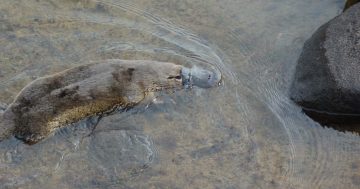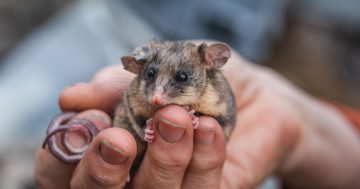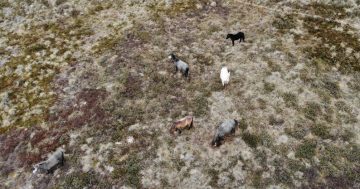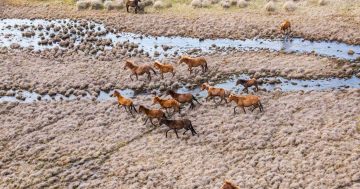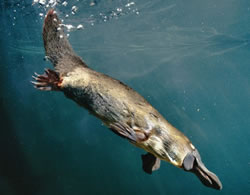 The Department of Planning and Environment (DPE) has joined with the Australian Department of Agriculture, Water and the Environment (DAWE) to search for platypuses living in the Blue Mountains.
The Department of Planning and Environment (DPE) has joined with the Australian Department of Agriculture, Water and the Environment (DAWE) to search for platypuses living in the Blue Mountains.
Announced by NSW Minister for Environment, James Griffin and Federal Minister for the Environment, Sussan Ley, the Departments are using environmental DNA to support the recovery of the platypus after the Black Summer bushfires.
Mr Griffin said until recently, tracking teams would need to spend hours beside waterways waiting for the elusive mammals to appear.
“What we’re doing now is using high-tech DNA science to build a snapshot of how platypuses are faring, particularly after the recent devastating bushfires in the Blue Mountains,” he said.
“So far, we’ve discovered platypus DNA at 29 of the 67 national parks sites sampled, including in some waterways we didn’t previously know they lived in.
“As they swim, platypuses shed small traces of skin cells or body secretion into waterways, which can be detected via environmental DNA testing of water samples.”
Mr Griffin said platypuses could face threats of habitat loss, predation by feral animals and could drown if they became tangled in fishing lines or yabby traps.
“I want to make sure we’re doing all we can to protect the species, which is why this research is so important,” he said.
“It’s helping us ensure precious platypus habitat is being conserved and protected now and into the future.”
He said the project had detected platypuses in the Blue Mountains, Wollemi, Kanangra-Boyd, Nattai, Mount Royal, Turon, Marrangaroo and Bangadilly national parks and Upper Nepean State Conservation Area.
Ms Ley said simply locating the iconic native species would help remove one of the biggest obstacles faced in supporting its recovery after the fires.
“It may be improving water quality by fixing soil erosion or removing sediment and debris from rivers to help them feed, but if we know where the platypus live, we can deliver the right support to the right location,” Ms Ley said.


